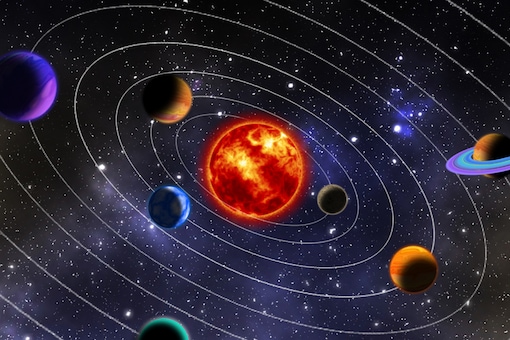According to recent study, Mars had the organic ingredients necessary for life to develop roughly 4.5 billion years ago.

And although it’s possible that these essential elements traveled to Earth at around the same time, life found the most favorable circumstances on the Red Planet.
The inner Solar System, which consists of the asteroid belt and four rocky planets, includes both Earth and Mars. These terrestrial planets suffered a devastating assault shortly after their creation when a deluge of asteroids descended upon the inner Solar System.
While these rocks were assimilated into the crusts of both Earth and Mars, plate tectonics on our home planet resulted in the recycling of these old meteors into the planet’s interior. On the other hand, because of Mars’ fixed surface, it is possible to study the rocks that collided with the planet in the past.
The authors of the research examined 31 Martian meteorites in order to address a number of basic problems about their genesis. For instance, researchers have never been able to determine whether these prehistoric projectiles originated from the inner or outer solar system, or whether they contained any organic material that might have enabled the emergence of life.
The meteorites were recognized by the researchers as carbonaceous chondrites from the outer Solar System using very precise chromium isotope readings. The authors calculated that these ancient impacts brought enough water to Mars to cover the entire planet in 307 meters (1,007 feet) of water because such rocks are common on Mars and because ice typically makes up 10% of their mass.

Significantly, organic compounds like amino acids are known to have been carried to the inner Solar System by carbonaceous chondrites from the outer Solar System. These substances likely supplied the first building blocks for the emergence of life since they are crucial for the creation of DNA.
Mars was being pounded by ice-filled asteroids at this period. It took place during the first 100 million years of the planet’s history, according to a statement from research author Professor Martin Bizzarro. The fact that the asteroids also contained organic components vital to life in the biological sense is another intriguing aspect.
The same cannot be said for Earth, despite the fact that the conditions on Mars may have been perfect for life at this early stage. According to Bizzaro, “something catastrophic happened after this period for potential life on Earth.”
The Earth and another planet the size of Mars are thought to have collided massively. The Earth-Moon system was created by an energetic collision that also wiped out all potential life on Earth.
When considered as a whole, these results imply that during the early stages of the inner Solar System, Mars likely offered life a better chance of survival than Earth.
Science Advances is the journal where the study is published.